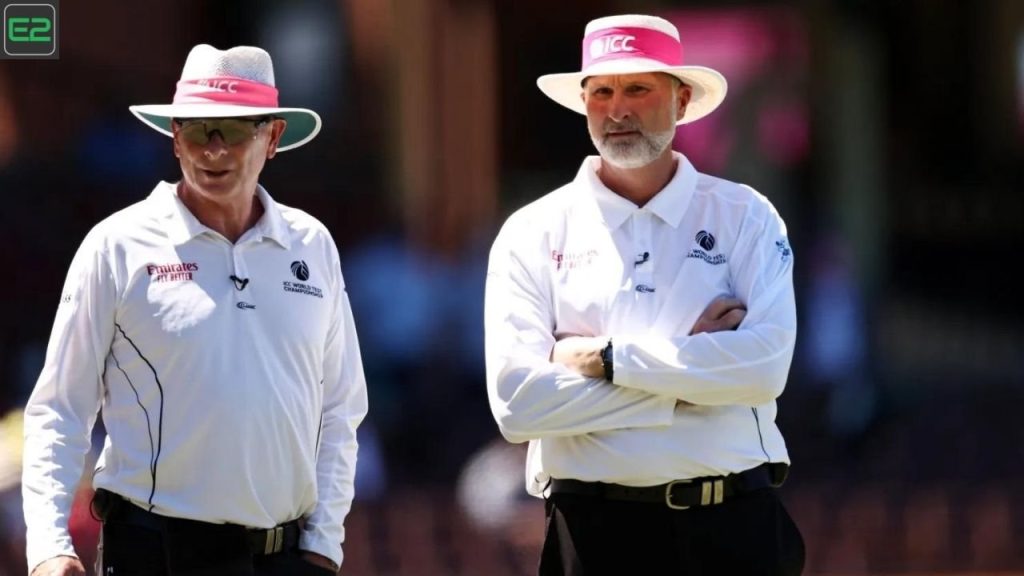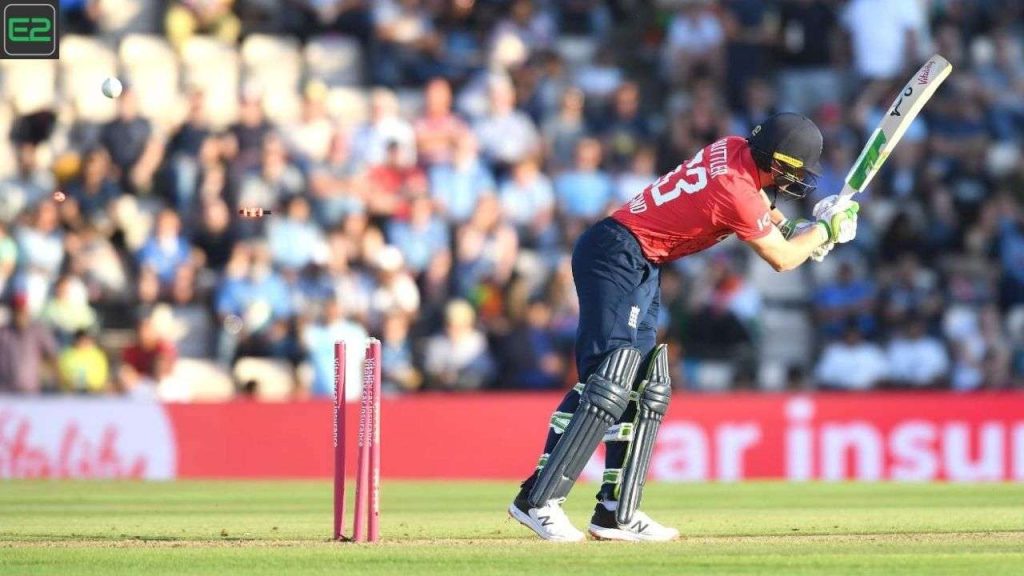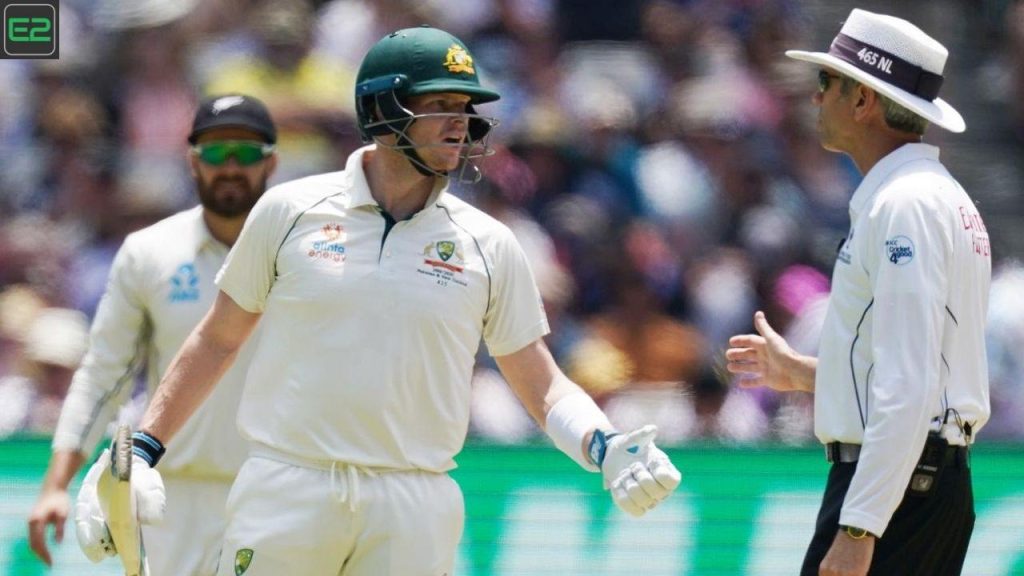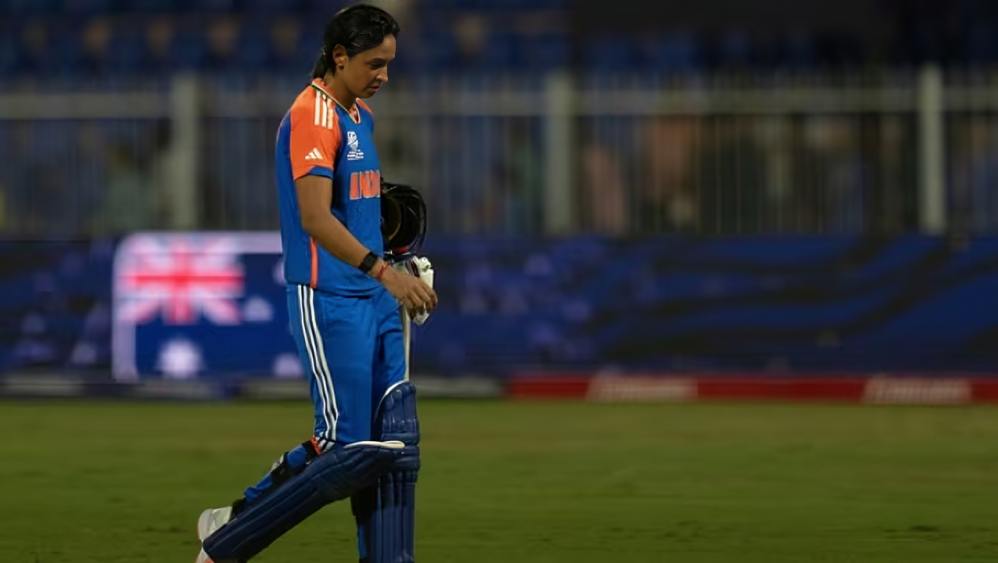3 Reasons For Cricketers Wearing Whites In Test Matches
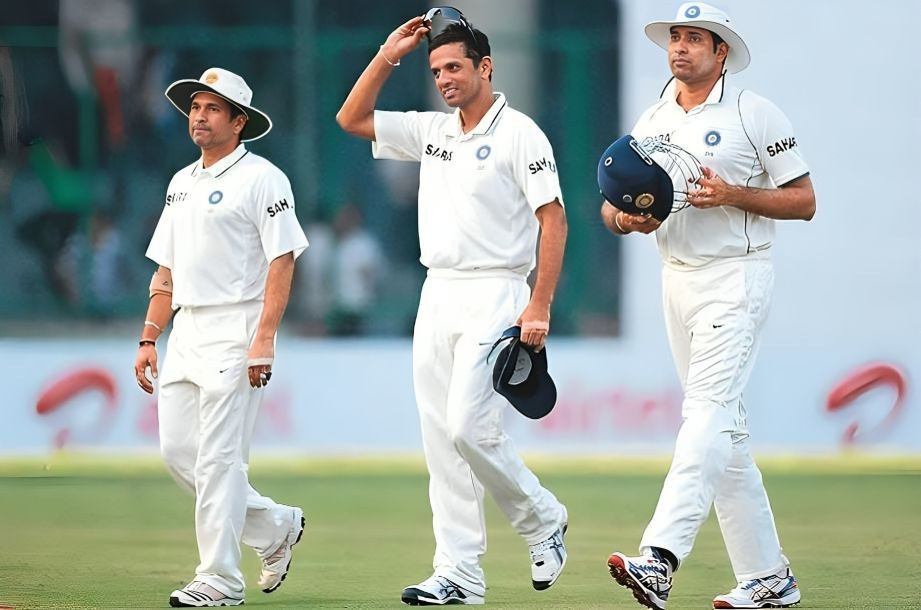
White clothing in Test matches is a tradition that many believe should remain unchanged. The reasons for this include:
A Contrasting Colour
White clothing in Test cricket provides a perfect contrast against the green grass and the red or pink ball. This contrast enhances visibility for players, helping them track the ball more easily. It also improves the viewing experience for spectators, whether watching live or on television, making the game clearer and more enjoyable to follow.
White Reflects Heat
White clothing is best for Test cricket because it reflects heat instead of absorbing it. While reflecting heat is not very important in shorter games like limited overs, it is very important in five-day Test matches. Players need to stay comfortable for long hours in the sun, and white helps keep them cool and focused.
Heritage
The practice of wearing white clothes in Test cricket is an old tradition. Even with new changes in the sport, cricket still holds on to its old ways. Wearing white is a part of this. This respect for tradition means that players will probably keep wearing white in Test and first-class cricket.
The Origin of the Traditional Cricketers Uniform
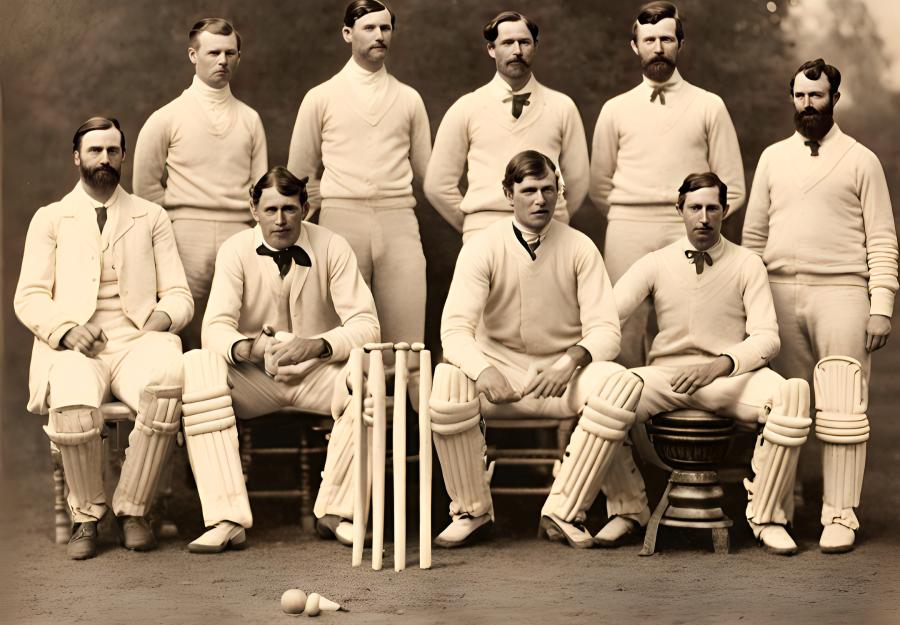
In the early days of cricket, clothing was informal, with players often wearing regular work clothes like jackets and trousers. As cricket became more organized and professional, the need for a distinct uniform arose. White clothing emerged as the preferred choice, though it wasn’t mandated by law. Over time, white became the standard in England’s County Championship and later in leagues worldwide, remaining unchanged until the 1970s.
Why do Cricketers Wear a Cap?
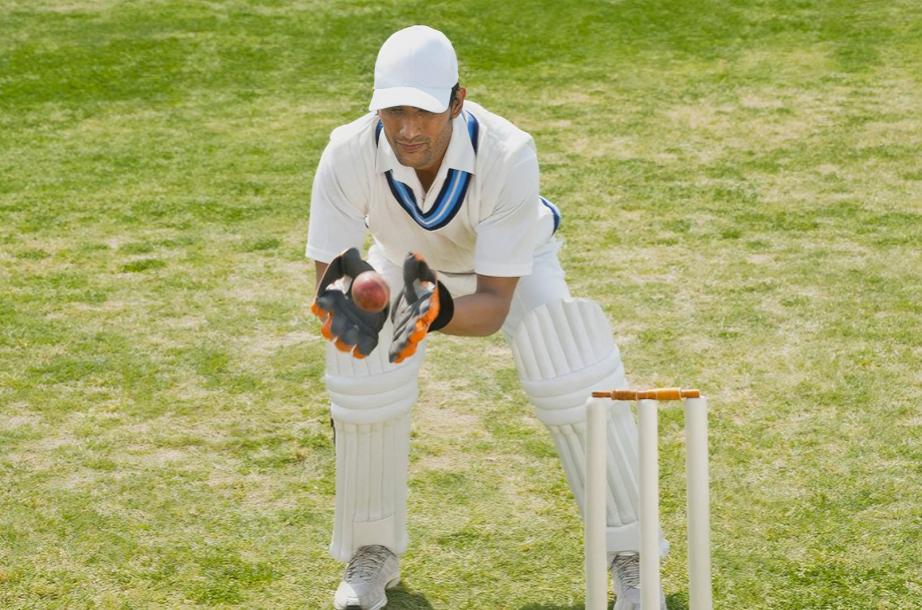
Wearing a cap in cricket carries a sense of tradition, as players are handed a test or county cap and wear it with pride in future matches. In addition to its symbolic value, the cap also offers practical benefits, protecting players from the sun’s heat, though a sun hat can serve the same purpose.
Will Test Cricketers Ever Allow Coloured Clothing?
The future of white clothing in test cricket remains uncertain, but there are strong reasons to keep it. If replaced, the red ball, which is easier to see, may be swapped for a white one, potentially impacting the movement of the ball and reducing bowlers’ advantages. While colored clothing suits limited-overs cricket, the traditional white attire in test cricket preserves essential elements like the red ball’s visibility and the skillful challenges it presents.





